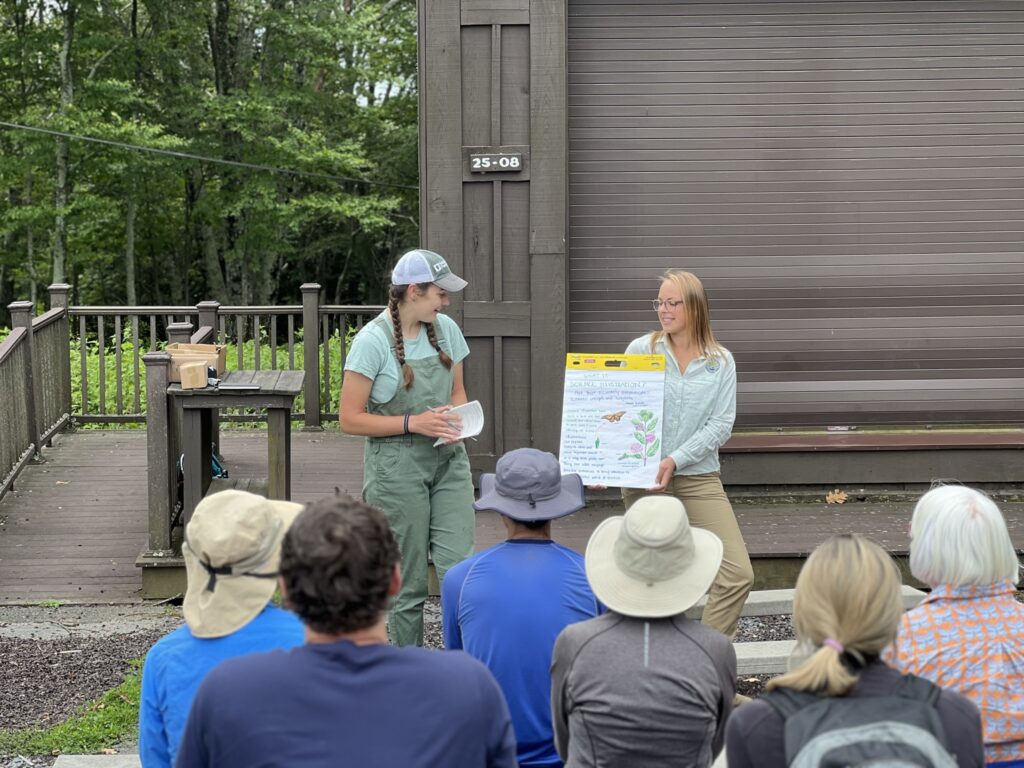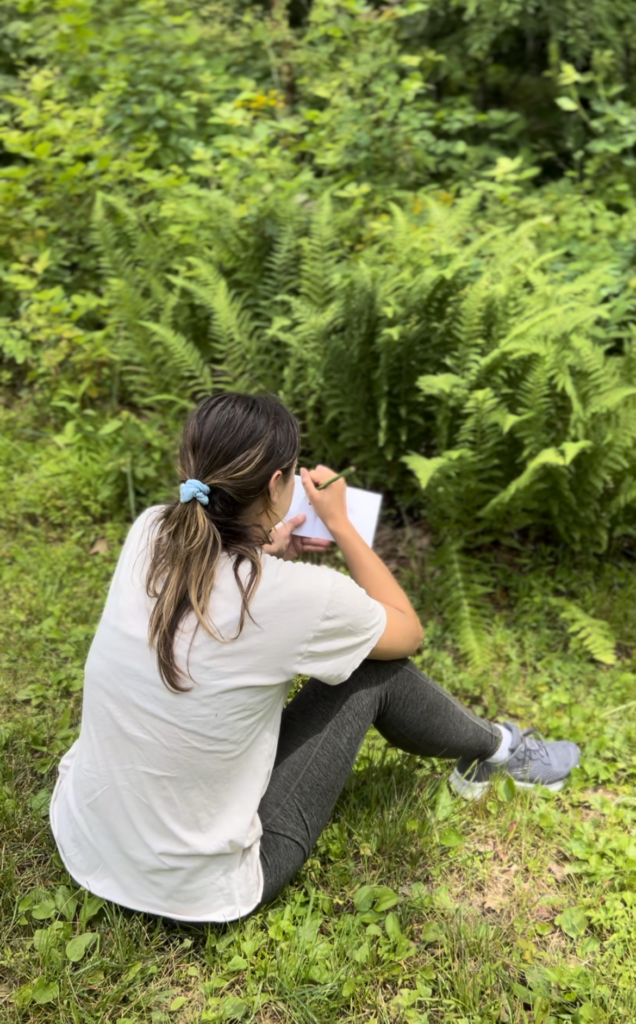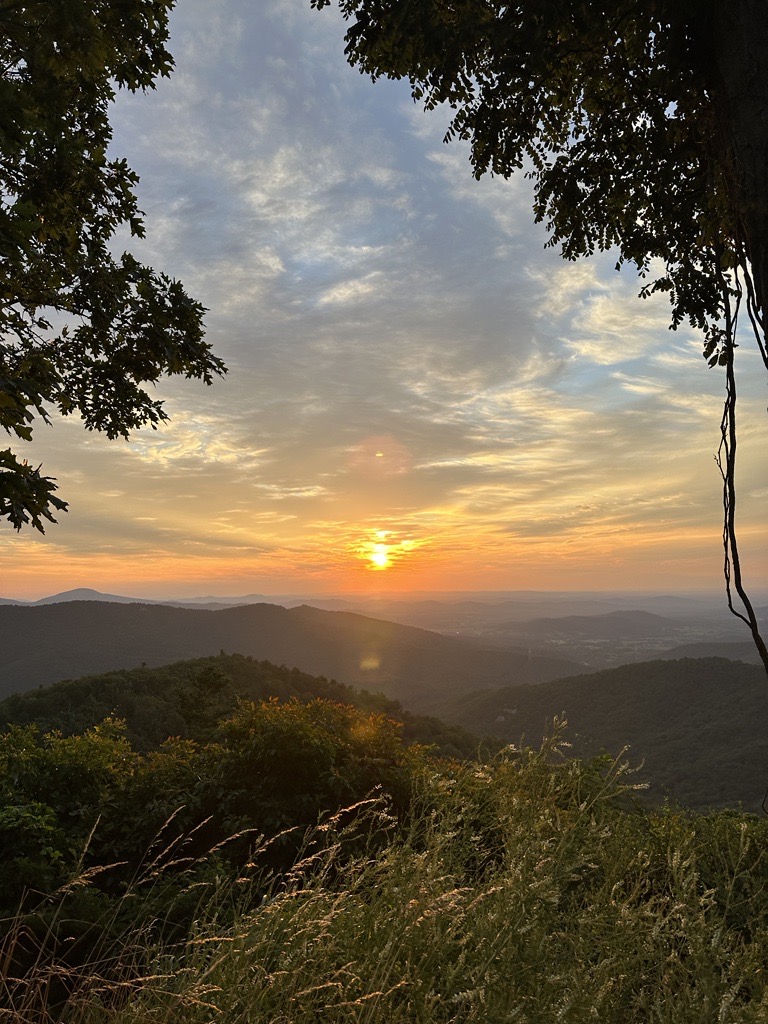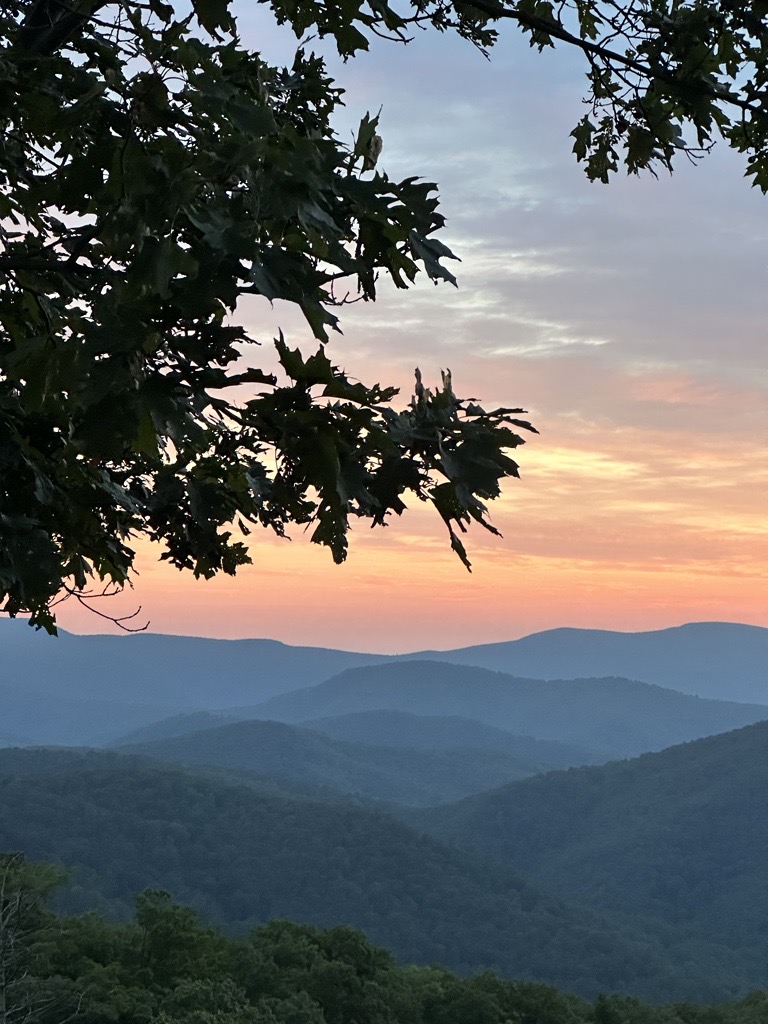Hi, I’m Aurora, the summer communications intern at SNPT! I’m super excited to be a part of the work being done at the Trust; I love hiking and exploring the outdoors, and I want to be a part of protecting the spaces I love. I hope that you will follow along as I become familiar with Shenandoah, learn what it’s like to work at a nonprofit organization, and discover the hidden jewels of Shenandoah National Park.
The day before SNPT’s July board meeting and Rapidan Society Weekend in the Park, I found myself traveling home from a family beach vacation in the Lowcountry of South Carolina, gladly leaving behind a heat wave. Driving into the park the next day was a relief – it was cold on top of the mountain! As the temperatures dropped, my excitement rose; it was going to be my first time attending a nonprofit board meeting and a chance to meet with donors and partners.
The Board Meeting – Friday Morning/Afternoon
The Board of Trustees arrived at Skyland for the meeting at 10am.
Before we started discussing the quarter as a whole group, we broke out into discussion teams for a strategic planning session to rank the board’s priorities within five major themes: a.) Community Engagement and Partnership; b.) Visibility and Communications; c.) Fundraising; d.) Land Donation/Acquisition; and e.) Operational Effectiveness. I found it encouraging to witness the board taking an active role in understanding the goals of the Trust to continue making effective decisions.
I sat at a workshop table full of people with finance, law, and business backgrounds. I remembered to keep my back straight that day and to tell myself I deserved to be at this table too because now I was also a part of Shenandoah National Park and the Trust’s work.
It was a little overwhelming to be in a room with a lot of people with well-earned credibility, but I found myself forgetting our differences and being absorbed by behind-the-scenes of nonprofit operations. Many factors play into how the Trust operates, like deciding where funding will be prioritized based on park and Impact Committee assessments, and so much more! Cleary defining policies and redefining the names and operations of policies was a reoccurring issue because it dictates how resources will be distributed and where hands will be tied in terms of spending.
The Cocktail Reception – Friday Evening
As I watched the day unfold, I felt like I was connecting the pieces of history and people that make up the park today and in the past. The day of meetings ended with listening to presenter and archaeologist, Dr. Carole Nash, talk about native peoples’ history in Shenandoah – I found myself walking through time alongside her and connecting the pieces between the past, present, and future of Shenandoah.
Nash explained that the Blue Ridge mountains have long been a desired summer destination for many peoples living on the coast. The road from the low country beaches to Big Meadows is weathered by evidence of many peoples.
A few key pieces stood out to me during her talk:
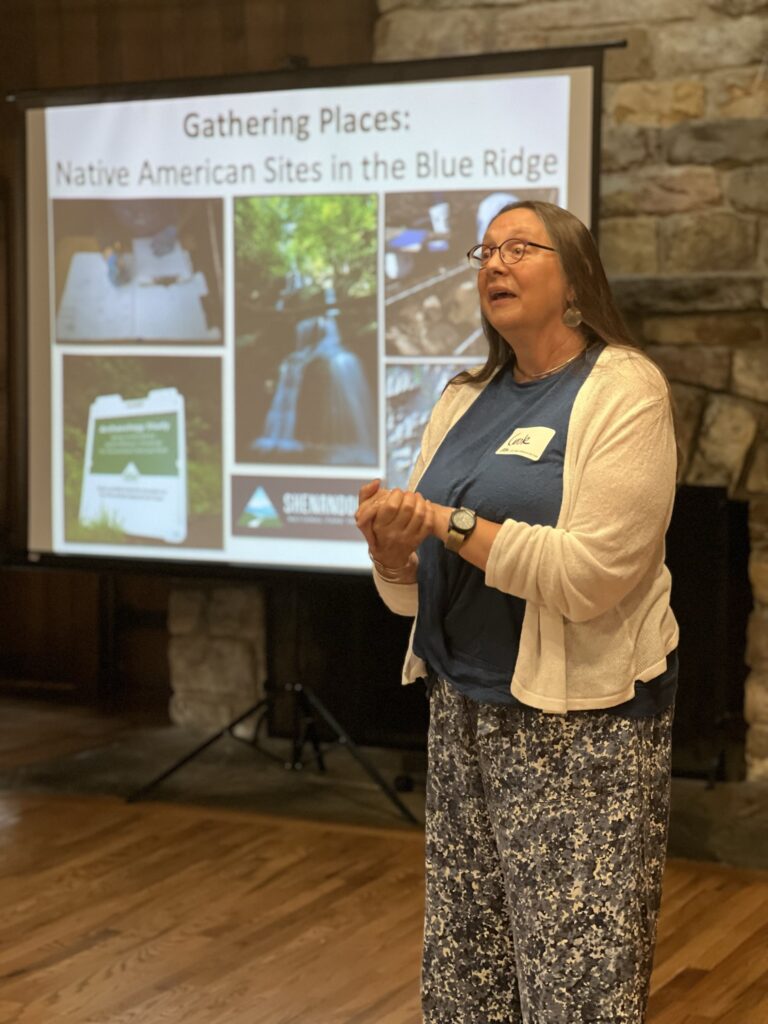
Flakes of rocks from other regions reveal that Big Meadows was a popular stopping point for many travelers in the mountains because the meadow offered a clearing for camp. Underground freshwater springs attracted animal life beyond the tribes, which made it ideal for hunting-and-gathering people. However, Nash suggested that Big Meadows offers more than a place to rest and find food. Today, Big Meadows is best known as a spot to clearly see the Milky Way; Nash explained that the stars have long been seen as a reflection of divinity and Big Meadows was most likely a spot for rituals. Her team of archaeologists found remains of broken clay pots in only one spot in the meadow, supporting her theory.
In Native American culture, clay pots would be carried by the person who made and used it then broken to release the spirit held in the clay. These broken pots all together in one spot suggest that this spot in Shenandoah held spiritual significance. Big Meadows held cultural and spiritual value amongst the Native Americans whose culture continues living today.
Learning about how these ancient cultures valued Shenandoah gave me a fuller sense of responsibility, especially after partaking in a board meeting, where I sat at the table with people making decisions about how best to support Shenandoah now and in the future. I feel a deeper, collective importance of the work we are doing at the Trust to protect the park and keep its ancient history alive in the places that we still gather.
The Beauty of Nature – Saturday Afternoon
After keeping track of the conversations unfolding around me on Friday, I was tired, and I felt like a hundred people had talked to me at once and was trying to process it all. But when my alarm went off at 5:30 the next morning, I begrudgingly got out of bed to watch the sunrise in the park anyways. People were sitting around enjoying the golden hues of pink and gold despite it being cold and 5:30 in the morning. I thought, this is why we protect overlooks: so photographers, visitors, staff, donors, and beyond can appreciate the beauty of nature.
I can appreciate why people have been gathering at such a beautiful place for centuries. Nature inspires people and it has for centuries. After walking through Big Meadows with Dr. Nash in the morning, where she dove deeper into her research and took the Rapidan Society members to the ancient Native American camp sites, the group attended a workshop with the Artist-in-Residence, Nina Grauley, who is a science illustrator. Attempting to draw flowers made me appreciate the tiny details that before I had passed over. Seeing everyone in our group sketch flowers and leaves made me think maybe nature inspires so much art because it communicates the wonder incited by natural beauty that words can’t fully communicate?
As I watched the weekend come together, from board meetings to hikes with archaeologists to conversations with donors to conversations with tribe members, I realized we are all working towards the same thing from different perspectives. We are striving to ensure access to places like Shenandoah that inspire connections to land, so people remember that nature is not separate from us.
Nature is a part of us and needs protecting, so future generations can enjoy, and past generations are remembered. Whether I am a participating in conservation as a board member, donor, park user, or intern, I want to show respect to the people of the past whose footsteps are crossing my path. When we are all part of Shenandoah, that’s what makes it a place worth protecting.
